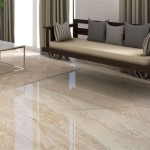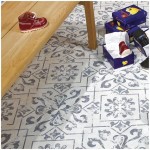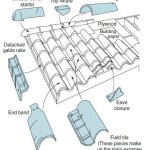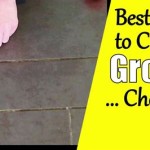Making A Smooth Transition From Carpet To Tile Floor Revit
Transitioning from carpet to tile flooring in Revit can be a seamless process with careful planning and execution. Here's a comprehensive guide to help you achieve a professional-looking result.
1. Prepare the Surface
Before installing the tile, it's crucial to remove the existing carpet and padding. Use a carpet cutter to remove the carpet, and then remove the padding using a crowbar or utility knife. Ensure the subfloor is level and free of imperfections. If necessary, level the surface using a self-leveling compound.
2. Install Backer Board
Backer board is an essential layer that provides a stable base for the tile. Cut the backer board to fit the area where the tile will be installed. Use thin-set mortar to adhere the backer board to the subfloor. Let the mortar dry completely.
3. Determine the Tile Layout
Plan the tile layout to minimize cuts and optimize the aesthetic appeal. Use a chalk line or laser level to mark the center of the room and establish the starting point. Dry-lay the tiles to visualize the layout and make any necessary adjustments.
4. Install the Tile
Mix thin-set mortar according to the manufacturer's instructions. Apply the mortar to the backer board using a notched trowel. Place the tiles in the desired layout and gently press them into the mortar. Use spacers to ensure consistent spacing between the tiles.
5. Grout the Tiles
Once the tiles are set, allow them to cure for the recommended time. Mix grout according to the manufacturer's instructions and apply it to the joints between the tiles using a grout float. Remove excess grout with a damp sponge or towel. Let the grout dry completely.
6. Seal the Grout
To protect the grout from staining and moisture, apply a grout sealer. Use a paintbrush or sponge to apply the sealer to the grout lines. Allow the sealer to dry completely.
7. Transition to Other Flooring
If the tile flooring transitions to another type of flooring, such as hardwood or vinyl, install a transition strip. Choose a transition strip that complements the color and style of both flooring types. Cut the transition strip to fit and secure it using nails or adhesive.
8. Finishing Touches
Once the transition is complete, clean the floor thoroughly to remove any debris or dust. Add baseboards or quarter rounds to cover the gaps between the tile and walls, and enhance the overall look of the flooring.
By following these steps, you can successfully transition from carpet to tile flooring in Revit, creating a durable and aesthetically pleasing surface that complements the design of your space.

Revit Insert A Carpet Into Tile Floor

Autodesk Revit 2024 Tutorial 7 Carpet Hardwood And Tile Editing Habitat Home Design

How To Get A Perfect Carpet Tile Transition Diytileguy

Revit Insert A Carpet Into Tile Floor

Custom Floor Patterns In Revit Tutorial How To Create Pattern By Parts

Solved Creating Sloped Transition Floors Autodesk Community

Autodesk Revit 2024 Tutorial 7 Carpet Hardwood And Tile Editing Habitat Home Design

Revit Flooring 2 Carpet

Hexagon Tiles To Wood Floor Transition In Revit Tutorial

Floor Transition Tile To Carpet W Schluter Strip Cad Files Dwg Plans And Details
Related Posts








